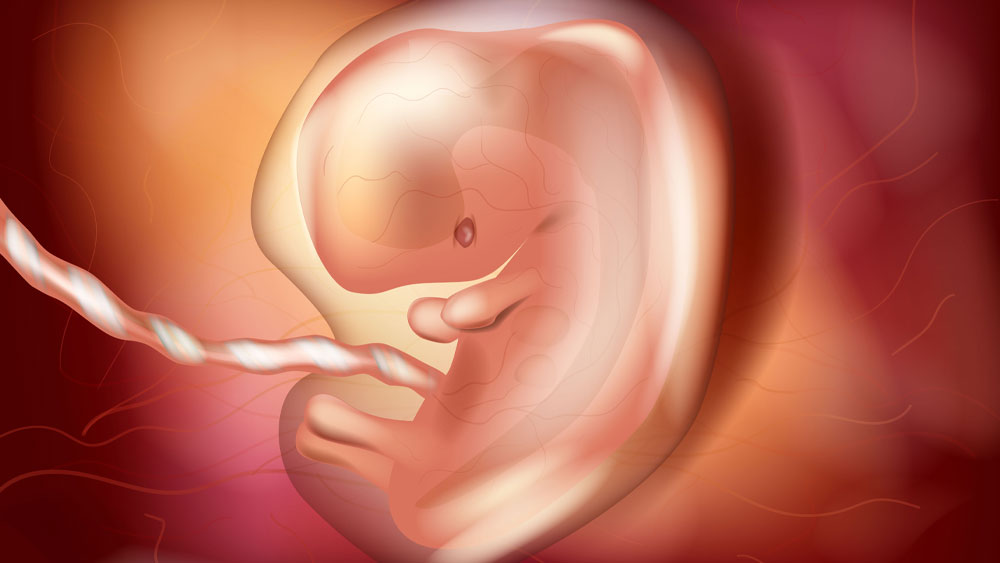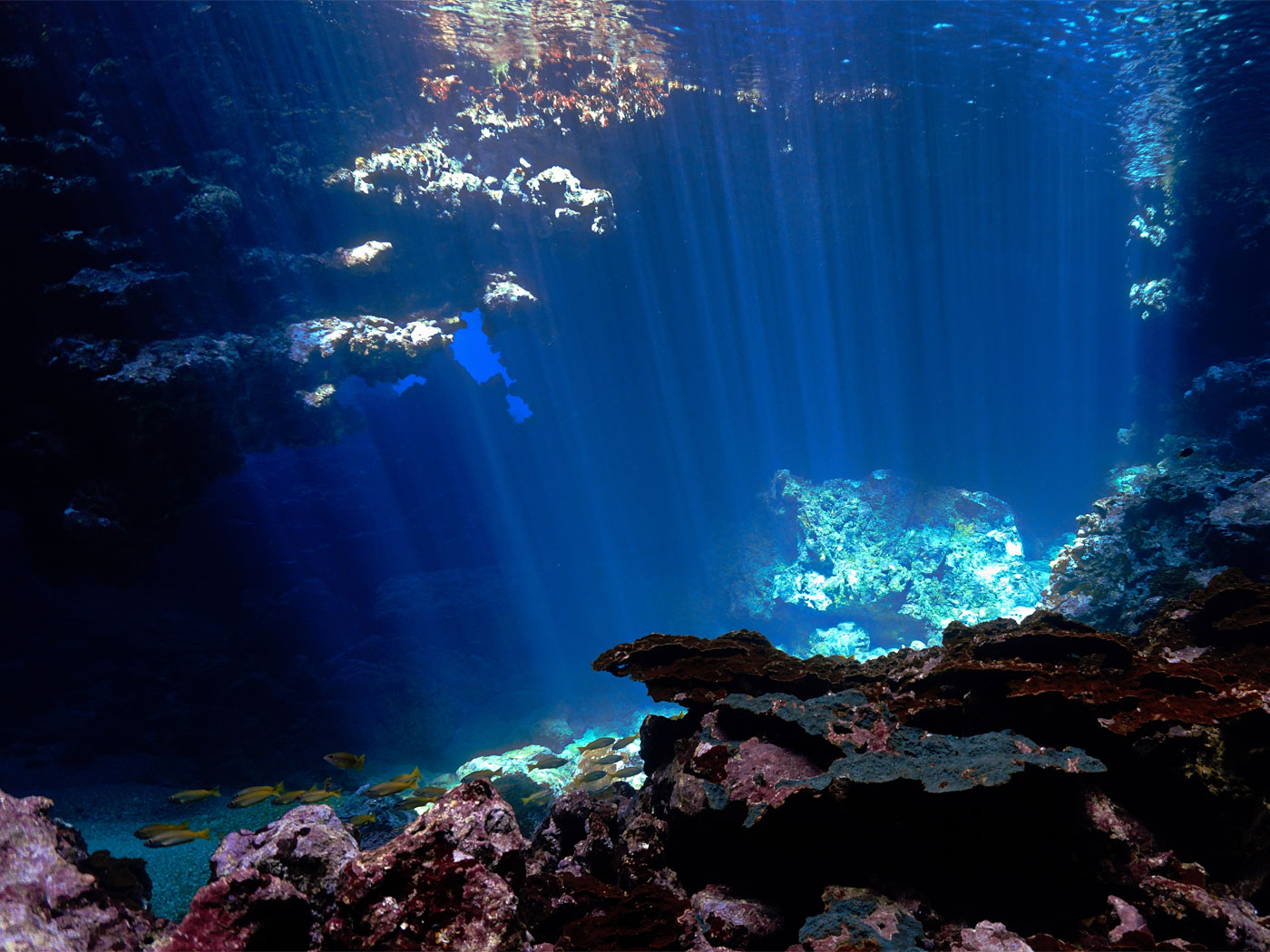For decades, evolutionists pointed to dozens of ‘useless artifacts’ of the human body to make their questionable case for evolution.
But the creation worldview states that God doesn’t make any junk. Therefore, when evolutionists proclaim tissue or structures in our body are useless,1,2 one can count on methodical investigation and research to ultimately reveal a God-given function.
Evolutionary relics in the human body that were once thought to be useless include the gill slits, tail, and yolk sac. They appear during our embryonic development at about the one-month stage. Scientific research has since found that two (the yolk sac and gill slits) of these three structures have critical functions and are therefore not purposeless. Even our “tail”—the base of the spine called the coccyx—provides attachment for muscles involved in the defecation process.
Our “gill slits” (pharyngeal throat pouches) are critical,3 “The first pair of pharyngeal pouches become the auditory cavities of the middle ear and the associated eustachian tubes. The second pair of pouches gives rise to the walls of the tonsils.”4 The parathyroid and thymus glands—which are essential for life—come from the third and fourth.
Recently, details regarding the critical function of our “yolk sac” have been published in Science magazine by 61 life scientists:
The yolk sac (YS) generates the first blood and immune cells and provides nutritional and metabolic support to the developing embryo. Our current understanding of its functions derives from pivotal studies in model systems, and insights from human studies are limited. Single-cell genomics technologies have facilitated the interrogation of human developmental tissues at [an] unprecedented resolution. Atlases of blood and immune cells from multiple organs have been greatly enhanced by focused, time-resolved analyses of specific tissues.5
The same authors also stated in their paper, “Our findings revealed YS contributions to metabolic and nutritional support and to early hematopoiesis [the formation and development of blood cellular components].”5
Such functions hardly sound like vestiges of evolution! Indeed, Gary Parker, using a creation science worldview, described one of the functions of the yolk sac in the first edition (1980) of his book:
You need blood in order to form the bone marrow that later on is going to form blood. So, where do you get the blood first? Why not use a structure similar to the yolk sac in chickens? The DNA and protein for making it are “common stock” building materials. Since it lies conveniently outside the embryo, it can easily be discarded after it has served its temporary—but vital—function. Notice, this is exactly what we would expect as evidence of good creative design and engineering practice.6
ICR’s Randy Guliuzza, M.D., describes this important structure in more detail:
The embryo makes RBCs first, his most necessary blood component. These distinctive cells are made by the inner lining of blood vessels in a temporary structure outside the embryo called the yolk sac, which in people is actually a "blood forming sac" that never contains yolk. This misguided name was given because it was believed to have "arisen" in a pre-human animal ancestor and because it initially contains a yellow substance.
The progenitor RBCs eventually migrate from the yolk sac to the liver and spleen, which become the lead cell-forming sites by the mid-second month of gestation.7
Unfortunately, despite excellent research to the contrary, evolutionists continue to use the tired and outdated name of yolk sac. It’s time to rename this marvelous structure. It reflects multiple critical functions that we all depended on during our intrauterine development. Since the human yolk sac contains no yolk, but rather has blood components and hematopoietic growth factors, perhaps it should be called the blood-forming sac?
Clearly, the psalmist was right in declaring, “I will praise thee; for I am fearfully and wonderfully made: marvellous are thy works; and that my soul knoweth right well.”8
References
- Sherwin, F. Another Function of ‘Junk DNA’ Discovered. Creation Science Update. Posted on ICR.org September 30, 2019, accessed August 26, 2023.
- Bergman, J. 2019. Useless Organs: The Rise and Fall of the Once Major Argument for Evolution. Tulsa, OK: Bartlett Publishing.
- Thomas, B. Do People Have ‘Gill Slits’ in the Womb? Creation Science Update. Posted on ICR.org July 20, 2012, accessed August 26, 2023.
- Gilbert, S. 2014. Developmental Biology, 10th ed. Sunderland, MA: Sinauer Associates, Inc., 478.
- Goh, I. et al. 2023. Yolk sac cell atlas reveals multiorgan functions during human early development. Science. 381 No. 6659.
- Parker, G. 2013. Creation Facts of Life. Master Books. 54-57.
- Guliuzza, R. Made in His Image: Life-Giving Blood. Acts & Facts. 38 (9): 10-11.
- Psalm 139:14
* Dr. Sherwin is science news writer at the Institute for Creation Research. He earned an M.A. in zoology from the University of Northern Colorado and received an Honorary Doctorate of Science from Pensacola Christian College.




















